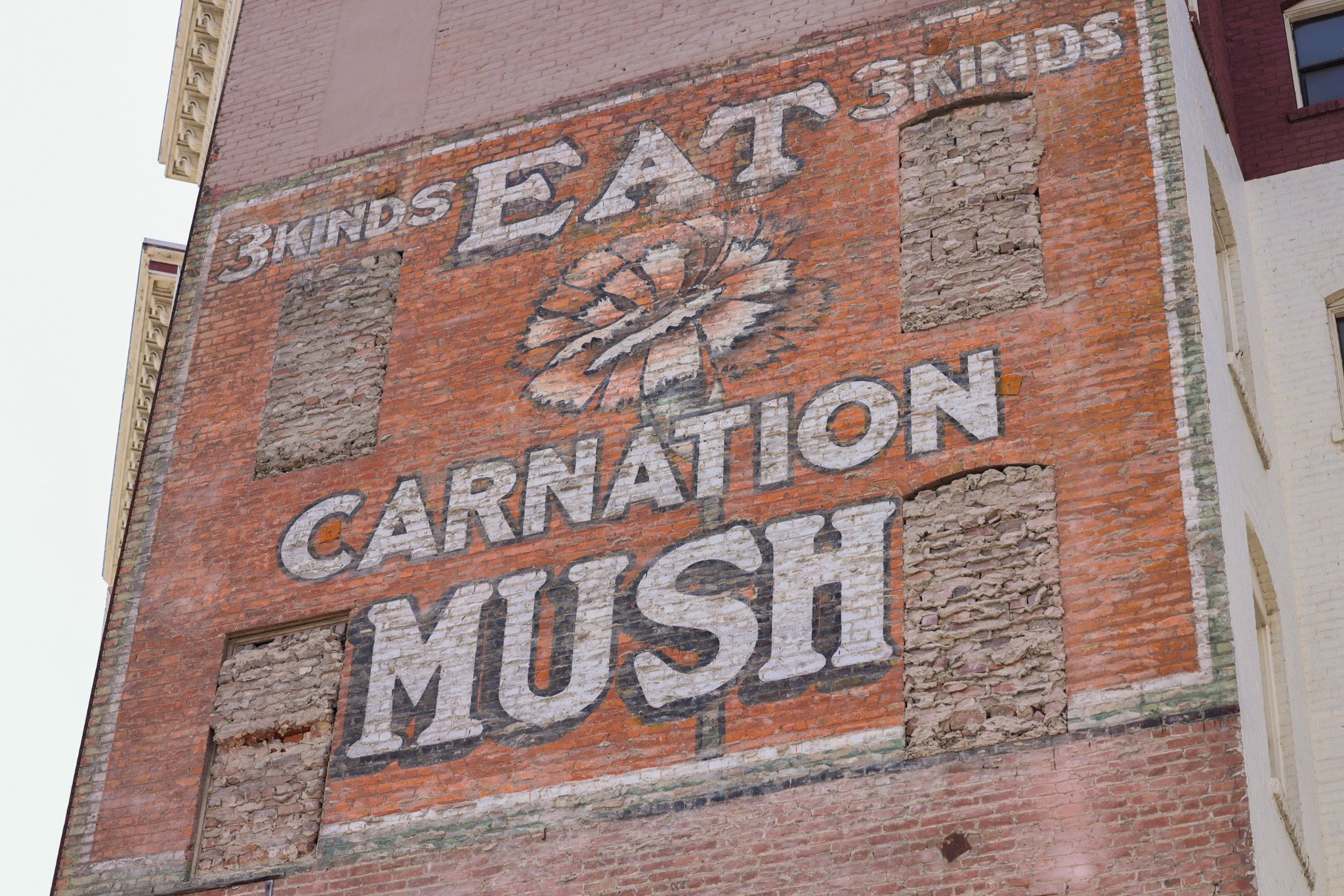Have you ever seen a ghost in San Francisco? The answer is probably yes–even if you didn’t know it.
Hiding in plain sight on the sides of many buildings, primarily in the city’s eastern side, are what are called “ghost signs.” These are the remains of large-scale, hand-painted signs and advertisements that, like the spirits of some long-forgotten company, allow passersby a fascinating glimpse into the past.
Bay Area-born artist Kasey Smith, who lives and works in the Netherlands, can be credited with bringing well-deserved attention to the hundreds of ghost signs that linger across San Francisco and in the East Bay, often concealed by later construction.
Smith’s interest in SF’s ghost signs started in 2011. According to her website, she found solace in long, solitary walks—especially following the death of her father in 2010.
Needing to clear her muddled brain and let her eye wander, she found herself gravitating to signs and sign-related subjects, which she then began photographing extensively. Her subject matter later narrowed exclusively to ghost signs, advertising everything from vanished hotels to long-discontinued beers.
“Coming from a family of antique collectors, I had always been drawn to signs and the craft entailed in creating them,” Smith writes on her website.
From the photographs sprouted an itch to delve deeper into the history of the ghost signs and their relationships to San Francisco’s landscape.
@sfstandard The next time you’re walking around San Francisco, take a look up and you may happen upon a little glimpse into the city’s history in the form of its “ghost signs.” Since 2011, Kasey Smith (@sfghostsigns) has uncovered and catalogued every sign possible with photos and an interactive map to share online with the public. Naturally, we wanted to check a few out. Have you come across a ghost sign that’s caught your attention? #SFStandard #SanFrancisco #BayArea #History #OldBuilding #DowntownSF #SFHistory @SF Ghost Sign Project
♬ Astringent and nimble electric piano jazz (1017112) - Doggie Jazz
According to Smith, hand-painted ads were mainstream from around the time of the 1906 earthquake until the 1950s, when it was a cheaper service than large-scale printing. That explains why the signs seem to be everywhere once you start looking for them.
Smith eventually put her collection of images online and into an interactive map, allowing fellow enthusiasts to seek out the signs on their own.
Each sign-spotting is associated with a color-coded pin on the map. The pin’s color reveals details about the sign, including its original purpose, whether it is legible and if it has been demolished or restored. Smith’s map has now amassed over 450 pins between San Francisco and what she has uncovered so far in the East Bay.
Part of the project’s fun is that the map can never be truly complete. New buildings develop, hiding some signs—or demolitions can reveal a previously unseen sign that’s still in tip-top shape after being hidden from the sun for years.
Arguably one of the city’s best ghost signs, a massive ad for “Carnation Mush” (a cereal, of all things) was only discovered in 2012 at 1586 Market St. when an adjacent building was torn down. And if you’re wondering—the three types of “mush” refer to wheat flakes, rolled oats and granulated wheat.
